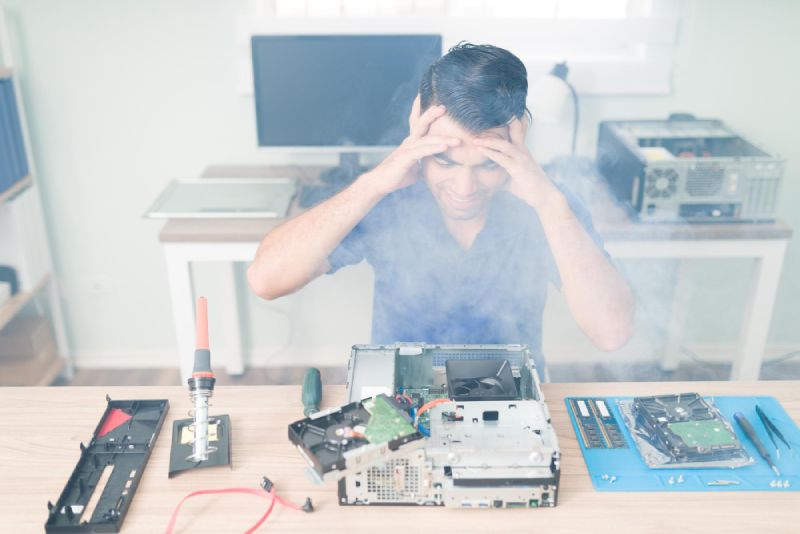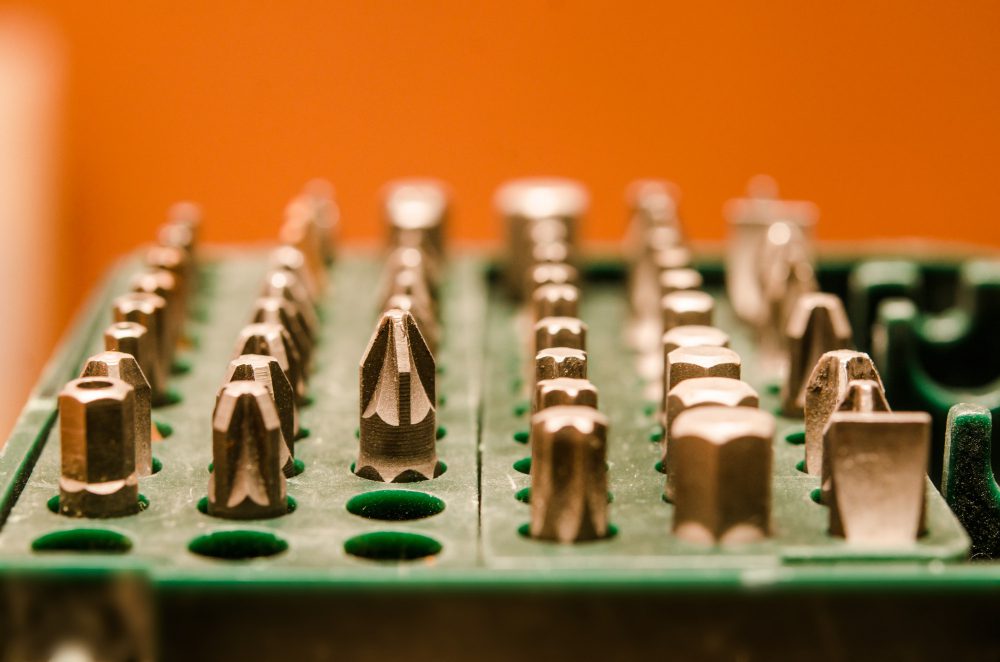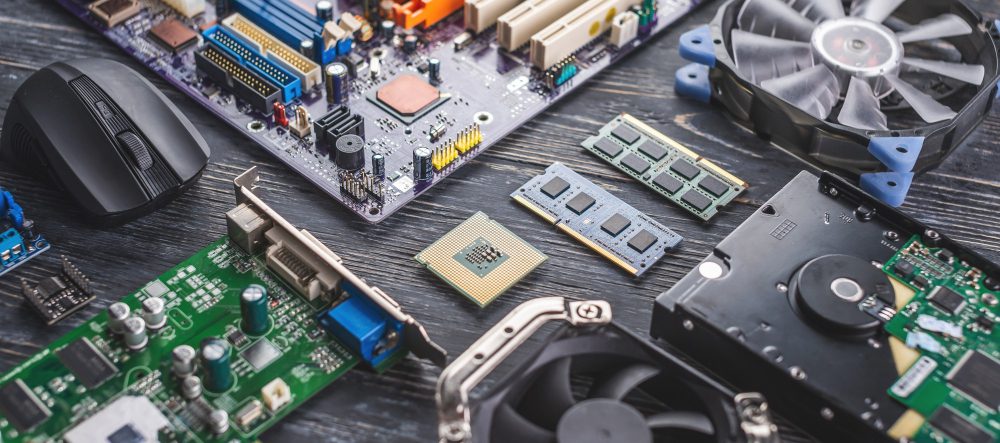Why Do Motherboards Fail?
Motherboards are an integral part of any computer, and their failure can lead to various issues, from malfunctioning hardware to complete system shutdowns. In this article, we will delve into the reasons behind motherboard failures, how often they occur, the signs of impending failure, and the possibilities for repair.
How often do motherboards fail?
Motherboard failure is relatively rare compared to other computer components, but it can still happen. The failure rate is estimated to be around 1-2% for most consumer-grade motherboards. However, this number may vary depending on factors such as build quality, usage patterns, and environmental conditions.
Average lifespan of a motherboard
The average lifespan of a motherboard is 5-7 years, but this can vary based on the quality of the components used, the manufacturer, and how well the computer is maintained. Regular cleaning and proper ventilation can help extend the life of a motherboard.
What causes the motherboard to fail?
There are several factors that can lead to motherboard failure, including:
- Power surges and electrical issues
- Overheating due to insufficient cooling or poor ventilation
- Physical damage (e.g., dropping or impact)
- Manufacturing defects or poor quality components
- Excessive dust or debris buildup
- Corrosion due to moisture or humidity
What happens when a motherboard fails?
When a motherboard fails, it can cause a range of problems and symptoms, such as:
- Failure to boot or start up
- Random crashes or system instability
- Hardware not being recognized or functioning properly
- Distorted or no display on the monitor
- Strange noises or beeping sounds during startup
A failing motherboard can also lead to data loss, so it’s essential to regularly back up your important files.
What are the common problems of motherboard?
Some common motherboard problems include:
- Bad capacitors: Capacitors can leak or bulge, leading to voltage regulation issues and system instability.
- Broken solder joints: Over time, solder joints can weaken and break, causing electrical connections to fail.
- Corroded or damaged connectors: Connectors can become corroded or damaged, leading to intermittent or complete loss of connection with attached devices.
- Bent or broken pins: Pins on the motherboard can become bent or broken, causing problems with connected components.
- Faulty BIOS: A corrupt or outdated BIOS can cause various issues, including boot problems and hardware compatibility issues.
What kills a motherboard?
As mentioned earlier, factors such as power surges, overheating, physical damage, manufacturing defects, dust buildup, and corrosion can lead to motherboard failure. However, certain actions can increase the likelihood of these issues:
- Using an inadequate power supply
- Overclocking without proper cooling or knowledge
- Spilling liquids on the motherboard
- Not grounding yourself while working on the computer
What are the early signs of motherboard failure?
Some early signs of motherboard failure include:
- Random system crashes or freezing
- USB or other ports not functioning correctly
- Hardware components not being recognized
- Unusual noises or beeping during startup
- System performance issues and slow boot times
- Error messages related to hardware or BIOS
It’s important to pay attention to these early warning signs, as addressing the issue early on can help prevent more severe problems or even total system failure.
Can motherboard be repaired?
In some cases, a motherboard can be repaired, but it depends on the extent of the damage and the specific issue. For example, replacing bad capacitors, re-soldering broken joints, or fixing damaged connectors might be possible. However, repairing a motherboard often requires specialized knowledge and tools, making it a challenging task for the average user.
When to consider motherboard replacement
If the motherboard is severely damaged or the cost of repair is too high compared to the value of the motherboard, it might be more economical to replace the motherboard altogether. Additionally, if the motherboard is outdated and no longer supported by the manufacturer, upgrading to a new motherboard with more up-to-date features and capabilities may be a better long-term solution.
Conclusion
While motherboard failure is relatively rare, it’s essential to be aware of the causes, signs, and potential outcomes of such an event. Regular maintenance, proper handling, and attention to early warning signs can help prolong the life of your motherboard and prevent more serious issues from occurring. In cases where repair is not feasible, motherboard replacement may be the best course of action to keep your computer running smoothly.



